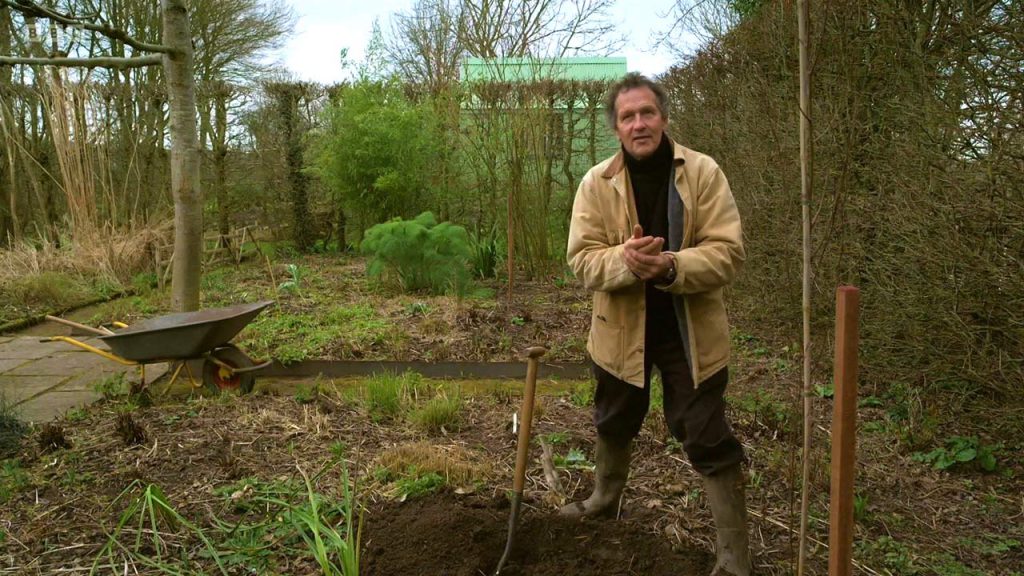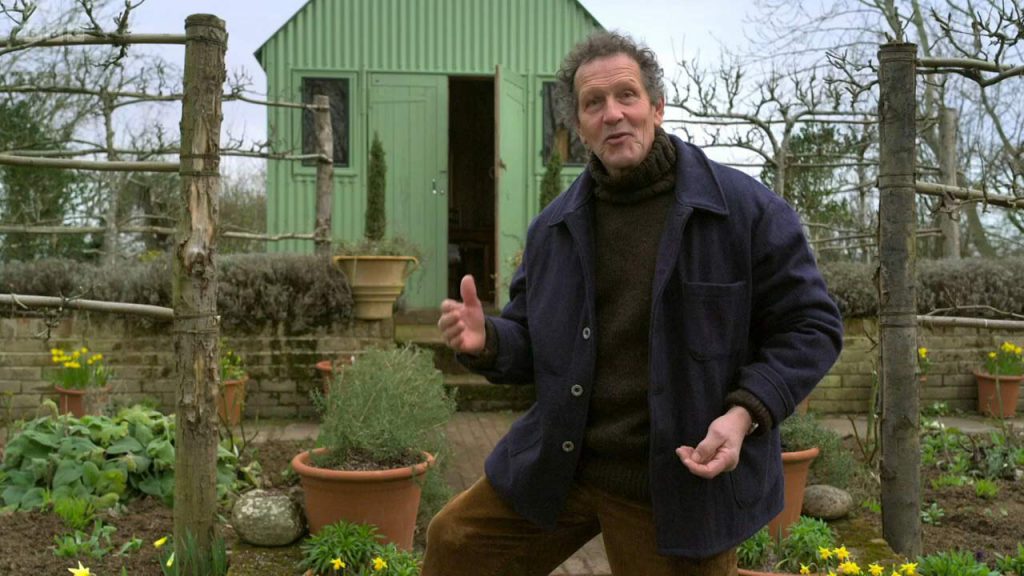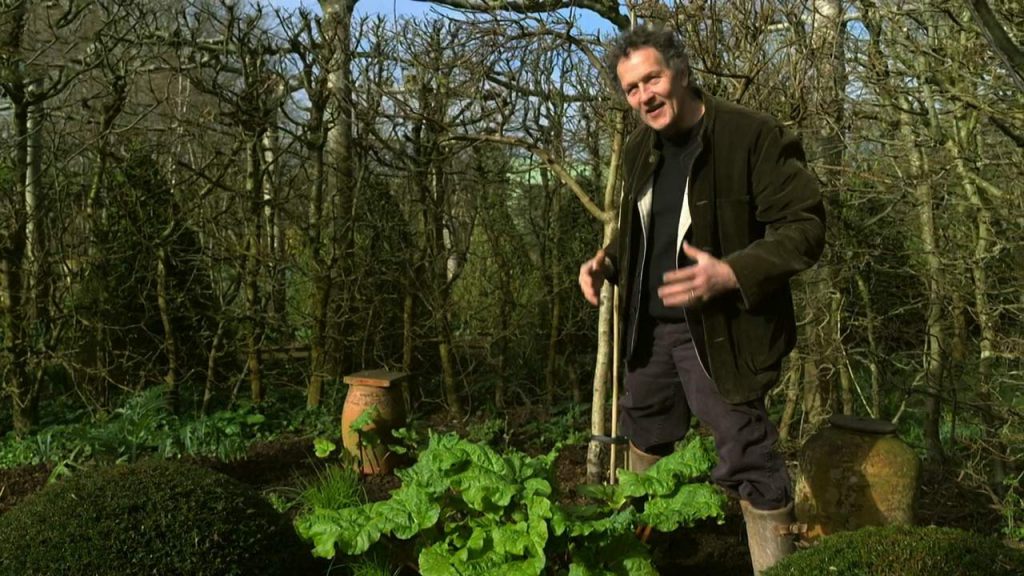Gardeners’ World 2022 episode 15: Monty plants out annuals in the jewel garden, adds agapanthus to the mound and finds a new home for his pelargoniums. Adam Frost visits an innovative kitchen garden at the Tottenham Hotspur training centre in north London, which provides fresh produce for its players, coaches and staff.
In Wiltshire, Carol Klein is at a glorious garden which employs clever use of curves, circles and spheres in its evergreen planting. Plus a gardener in Leicestershire who loves her high maintenance garden and more Gardeners’ World viewers sharing what they’ve been getting up to in their gardens.
Gardeners’ World 2022 episode 15
Agapanthus (African lily)
Agapanthus are known for their large, blue drumstick-headed flowers in summer. These South African perennial plants are equally suitable for borders and large containers. Agapanthus look great when planted with drifts of ornamental grasses, sun-loving rudbeckias and goldenrod (Solidago). Most agapanthus are hardy and their leaves die down in winter. Evergreen forms are more tender and usually need the shelter of a greenhouse from early winter to spring.
Agapanthus have mounds of strappy, bright green leaves. Sturdy stems shoot up in summer carrying loosely spherical heads (up to 25cm (10in) across) of trumpet-shaped flowers – usually in varying shades of blue, with a few white selections too. Typically reaching 60cm-1.8m (2-6ft), a few dwarf varieties such as ‘Lilliput’ with a height of 40cm (16in) are also available.
Agapanthus hate being too cold and wet over winter. They will be reluctant to flower if allowed to dry out after flowering in late summer. Agapanthus flower in full sun. They tolerate most soils, as long as they drain freely. Allow a few faded flowers to form seed pods in autumn to prolong interest and cut back to base when they have gone over.
Pelargonium
Flowering throughout summer, pelargoniums are essential in borders and containers alike. Flowers are white, pink, orange, red or mauve, with some double varieties. They are not hardy, but can overwinter in frost-free conditions. On a sunny windowsill or in a heated conservatory, these evergreen perennials and shrubs can flower virtually year round.
Pelargonium are plants that evoke a holiday in the sun, with their rounded clusters of vivid red or orange flowers and bushy leaves, often strongly marked with purple or red. Trailing types have green ivy-shaped leaves and others are wavy-margined. Some even have scented leaves. Flowers also may vary from pure white through to pinks, mauves and deep purples, sometimes with a contrasting dark blotch.
All pelargoniums love a warm spot, in a pot or the ground. They prefer free-draining, even stony soil or an open compost. Most flower best with a some applications of potassium-rich fertiliser. Pelargoniums will not survive the frost so give some thought as to how to overwinter them or whether to buy fresh plants each year. All pelargoniums love a warm spot, in a pot or the ground. They prefer free-draining, even stony soil or an open compost. Most flower best with a some applications of potassium-rich fertiliser.
Common names can cause mix ups. ‘Geranium’ is the name most people use when talking about Pelargonium. But Geranium is actually a different plant genus so to help avoid confusion some refer to Geranium as ‘hardy geraniums’, and Pelargonium as ‘tender geraniums’.




